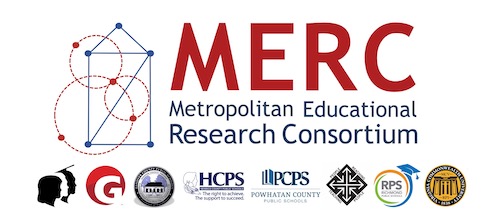MERC Publications
Document Type
Research Report
Original Publication Date
1995
Date of Submission
January 2017
Abstract
Collaborative teaching is the latest attempt by the field of education to address the instructional needs of students with disabilities in at least restrictive environment. It is distinctive in design because of the focus of the collaborative teaching concept is keeping students with disabilities in regular classes to be educated alongside their non-disabled peers (a "keep in" program versus a "pull out" program. In a collaborative teaching arrangement both regular and special educators use their coincidental and complementary skills to teach students with disabilities. Because of the diversity of learning arrangement needed in classrooms with students with disabilities, collaborative teaching is a flexible system of curriculum, instruction, and behavior management. It is dynamic and responsive to the individual needs of students with special needs.
Presently, collaborative teaching is used for a variety of students with disabilities. These students are considered mostly to be academically able. A large number are judged to be mildly disabled and the great preponderance of students come from the high incidence category - learning disabled. Collaborative teaching should not be equated with the concept of "full inclusion", although there can be some overlap. In theory, full inclusion is an administrative arrangement for serving all students with disabilities, whereas collaborative teaching is an instructional arrangement to meet the unique educational needs of academically-able students with disabilities in the regular classroom. The distinct difference is the disabled population to be served and the overall goals of individual educational programs. Full inclusion includes ALL students with disabilities - including student with severe disabilities.
Currently, there is a fair amount of writing done on the topic of collaborative teaching. But there is a paucity of research on the collaborative teaching model. Efforts to evaluate its efficacy have been limited. Even those who have written extensively about the model have not fully researched its short, intermediate or long-term effects. Preliminary data have shown positive views from teachers, students, and parents.
Is Part Of
VCU MERC Publications



